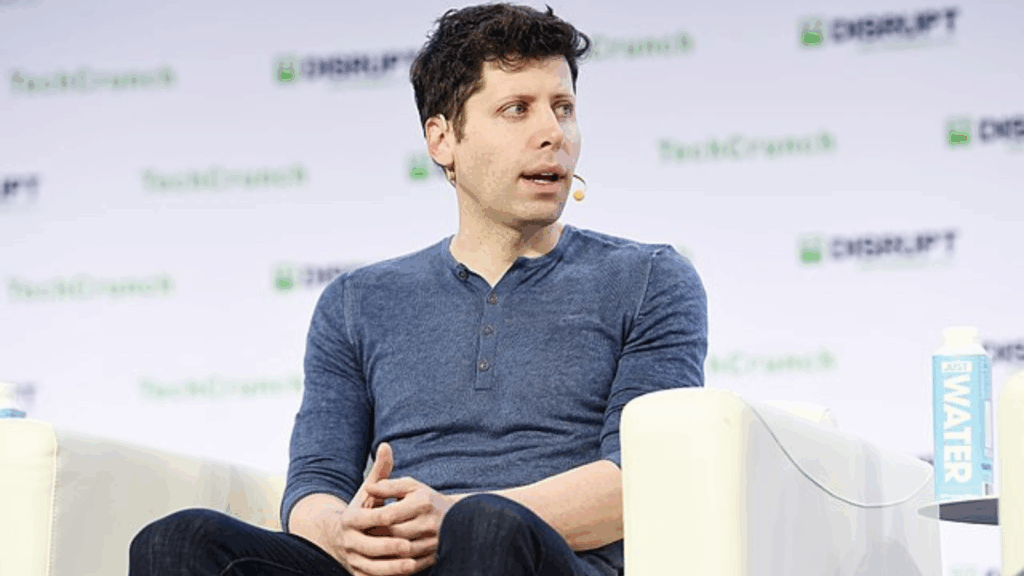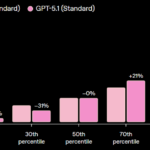Building a product people love is undeniably the cornerstone of startup success, a truth articulated by Sam Altman, CEO of OpenAI, who has nurtured some of the world’s most impactful startups. According to Altman, the degree to which a startup succeeds closely correlates with how much its product excites and delights users, to the point where they spontaneously tell friends about it.
When a product resonates emotionally and functionally with users, it becomes more than a tool; it becomes a habit, a recommendation engine, and a growth lever.
When the product itself drives acquisition, engagement, and retention, you reduce dependence on paid marketing and scale more sustainably.
The Psychology Behind Why Users Love Products
Users love products that provide an experience that resonates on multiple psychological levels, extending far beyond basic utility to include emotional connection, seamless interaction, and personal meaning.
When a product is easy to use, dependable, and meets a meaningful need, users are primed for delight. That emotional bond fuels loyalty and word of mouth.
Validating Real Market Desire With Emotional + Functional Signals
Before you build a product people love, you must confirm that people care about the problem you’re solving. Without real demand, even the prettiest product fails.
Many founders miss this critical point, often falling into the trap of overbuilding or adding numerous features without validating their core value. Research from the Lean Startup methodology advocates creating a Minimum Viable Product (MVP), a version with just enough features to gather feedback and learn from real users. Continuous iteration based on user data enhances the product’s appeal and better aligns with market needs.
So: validate problem → develop solution → test emotional and functional resonance.
Radical Clarity
If you cannot clearly explain what your product does and why it matters, you’re already handicapped. Simplicity in explanation is a sign of clarity in thinking and value.
Altman highlights the necessity that the product should be “simple to explain and easy to understand.” If a product’s value proposition cannot be communicated clearly in a few words, it risks confusing potential users and losing their interest.
Ensure your value proposition is crisp: “What’s in it for me?” must be answered in under a few seconds.
Strong Point of View
Products with a distinct point of view or strong identity (rather than generic commodities) often build loyal communities. When users feel “this product is for people like me”, they become advocates.
The emotional connection the product creates is paramount. It’s not enough for a product to be useful; it must also inspire delight.
Studies in consumer psychology, including research published in the Marketing Science & Inspirations, show that emotional engagement with a product fosters greater loyalty and increases the likelihood of recommending it to others.
Usability Flow
A product might solve a significant problem, but if it’s hard to use, users will drop off. Usability, how easy it is for a user to adopt and keep using your product, is foundational.
According to a Forrester report, every dollar invested in UX yields $100 in return, underscoring the economic value of excellent usability. Founders must prioritize ease of use in every interaction to reduce abandonment rates and foster consistent engagement.
Loyalty, Revenue Efficiency & Compounding Business Value
A study by brand intelligence firm Motista found that customers who are emotionally connected to brands have a 306% higher lifetime value than merely satisfied customers.
Startups that build products loved deeply command premium pricing, contributing to healthier margins.


